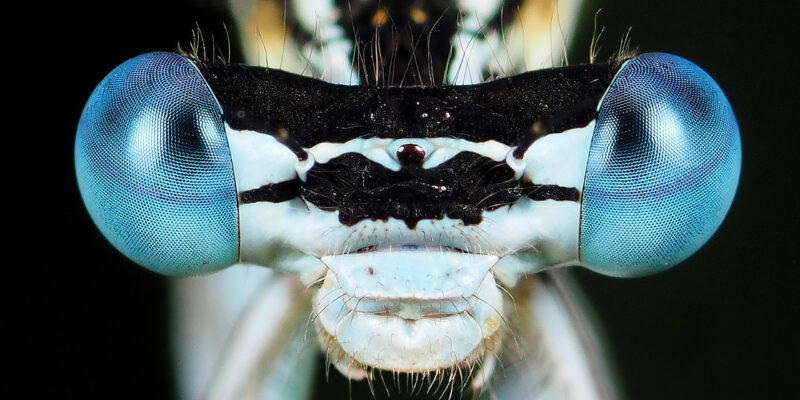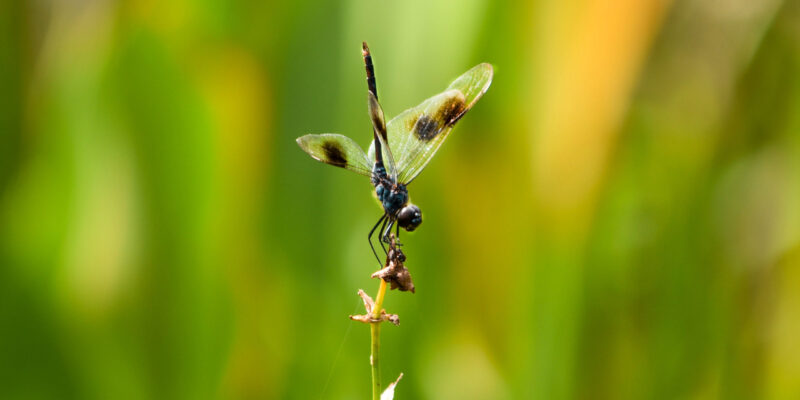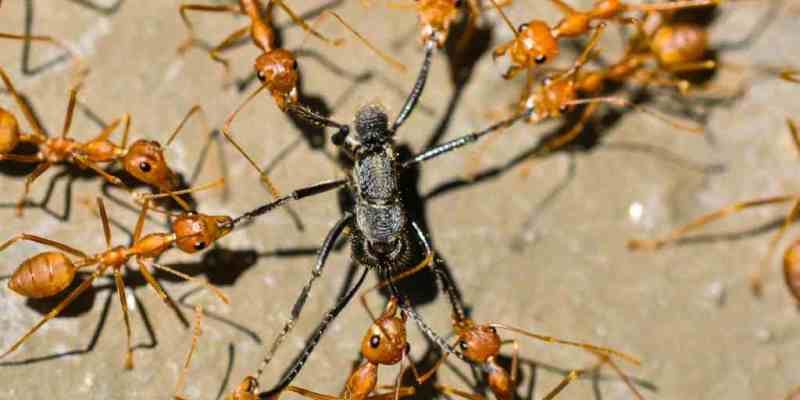What insects can we expect to see on the Royal Entomological Society Garden?
View our gallery to find out which insects we actually spotted on the RES Garden during Show Week
PLANTING
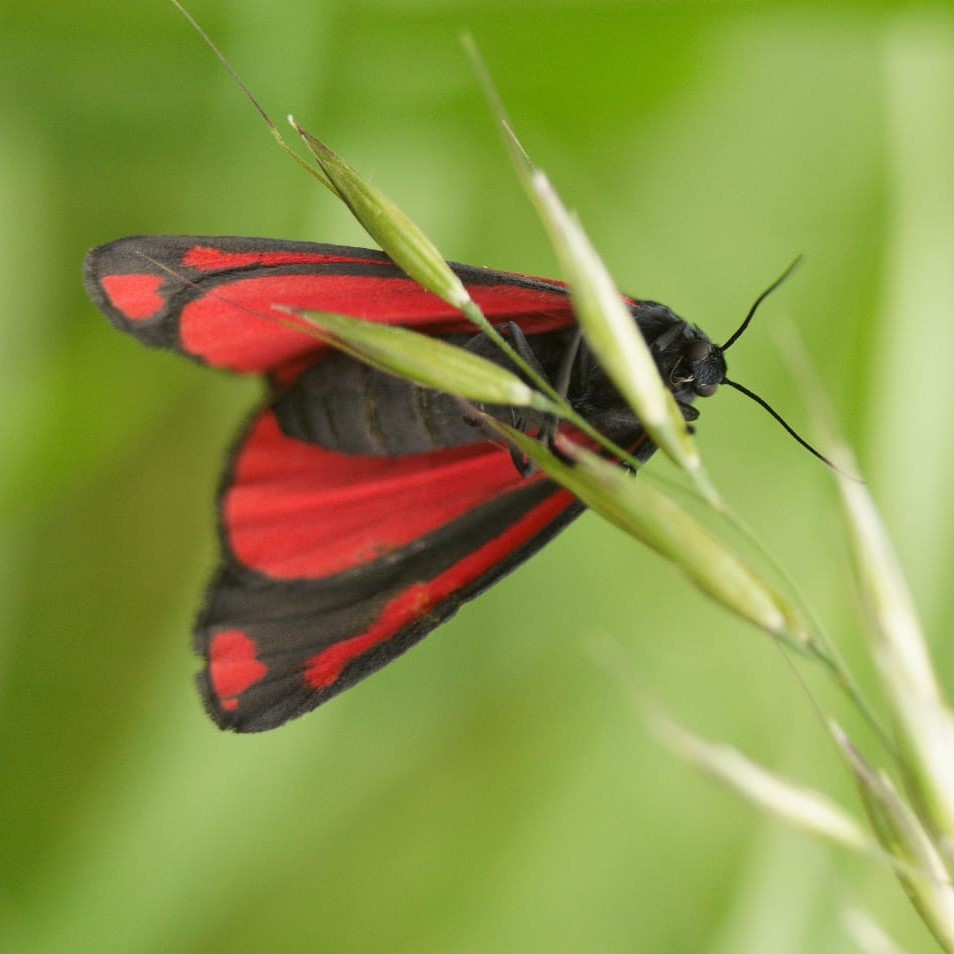
General planting:
Beetles: Rosemary beetle (Chrysolina americana), 7-spot ladybiord (Coccinella septempunctata)
Caterpillars: Small tortoiseshell butterfly (Aglais urticae), Cinnabar moth (Tyria jacobaeae)
Lacewings: Green lacewing (Chrysoperla carnea)
Moths: Garden tiger moth (Arctia caja), Angles shades (Phlogophora meticulosa)
True bugs (Hemiptera): Common green shield bug (Palomena prasina), Hawthorn shield bug (Acanthosoma haemorrhoidale)
Nectar / pollen-rich flowers:
Beetles: Cardinal beetle (Pyrochroa serraticornis) Common malachite beetle (Malachius bipustulatus)
Bees: Buff-tailed bumblebee (Bombus terrestris), Red-tailed bumblebee (Bombus lapidarius), Ashy mining bee (Andrena cineraria)
Wasps: Common wasp (Vespula vulgaris), Ruby-tailed wasp (Chrysis ignita)
Hornets: European hornet (Vespa crabro)
Sawflies: Birch sawfly (Craesus septentrionalis)
Ants: Common black ant (Lasius niger), Red ant (Myrmica rubra)
Butterflies: Peacock butterfly (Aglais io), Small white butterfly (Pieris rapae)
Hoverflies: Marmalade hoverfly (Episyrphus balteatus), Drone fly (Eristalis tenax)
Soldierflies: Broad centurion (Chloromyia formosa)
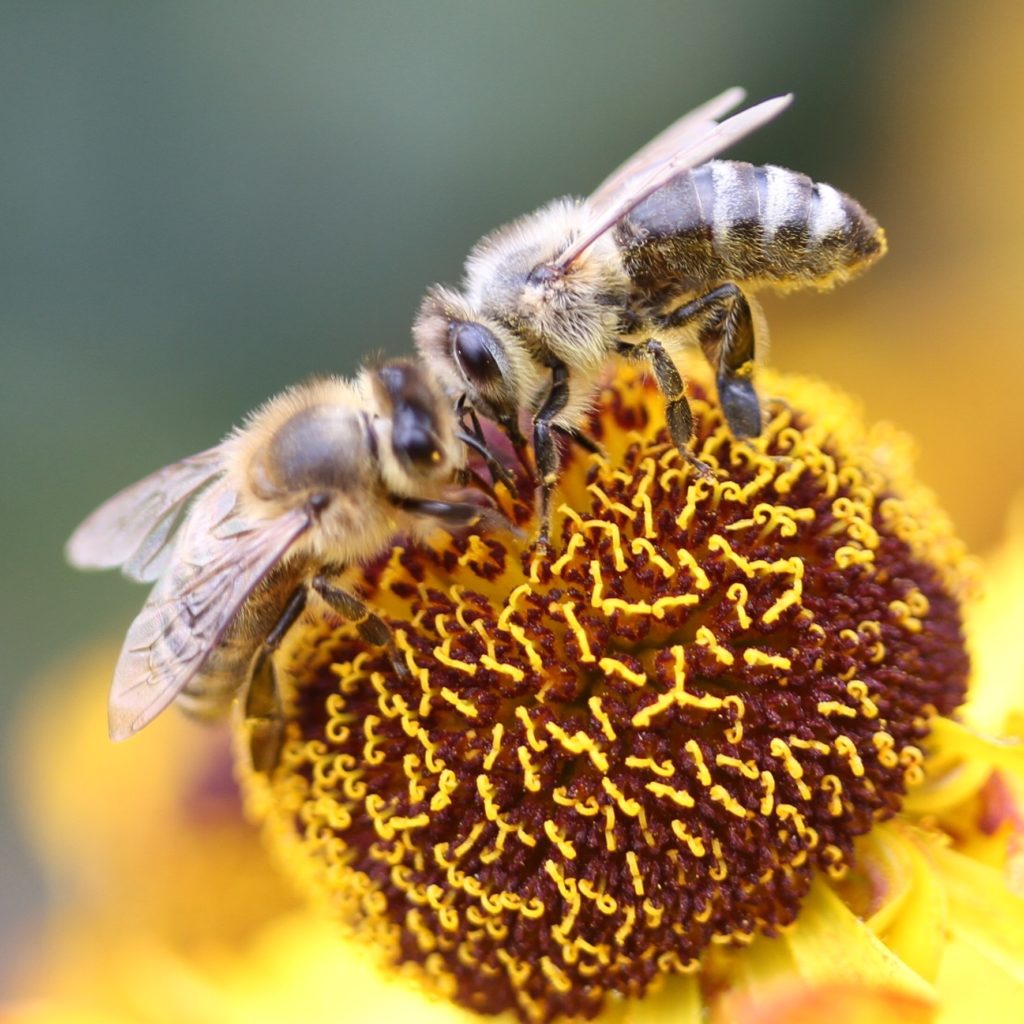
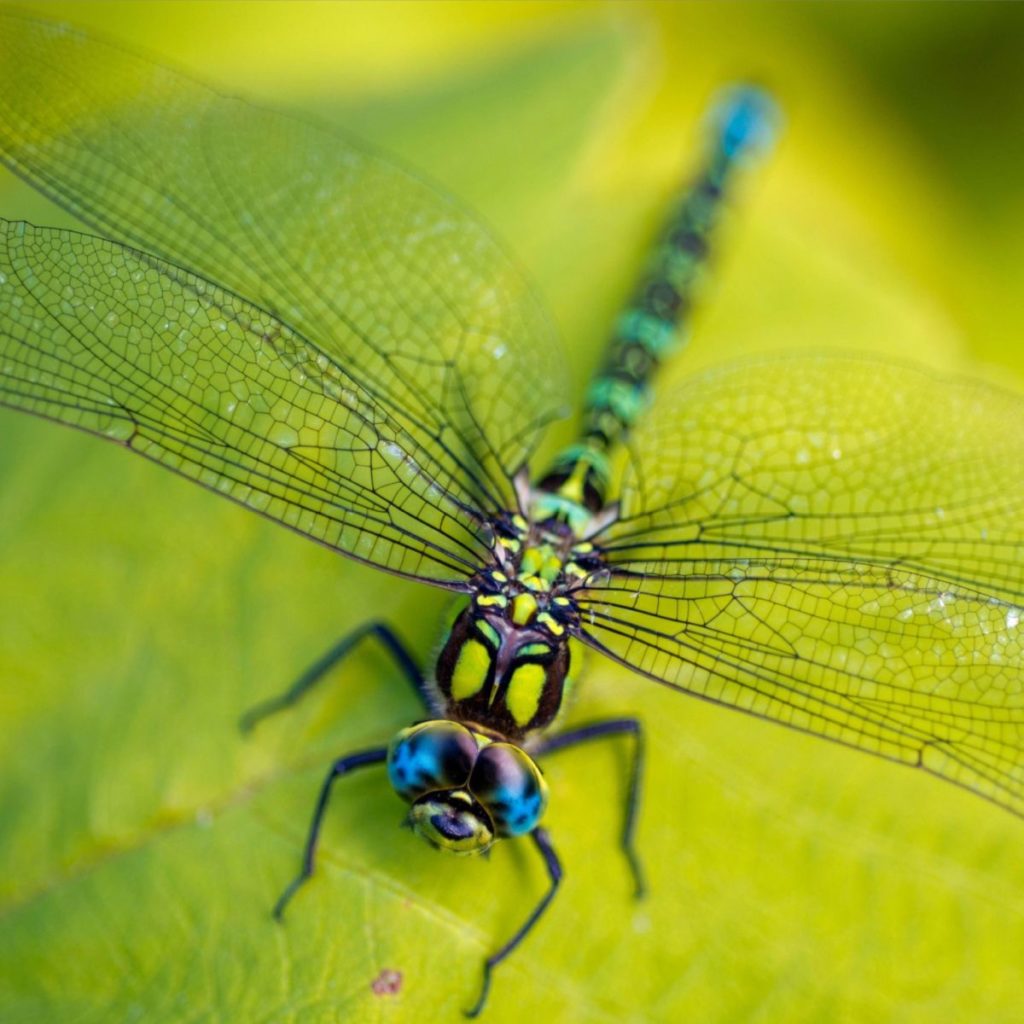
Pond / aquatic plants:
Alderflies: Common alderfly (Sialis lutaria)
Dragonflies and damselflies: Common darter (Sympetrum striolatum), Azure damselfly (Coenagrion puella)
Caddisflies (nymphs): Large Dark Olive (Baetis rhodani)
Mayfly (nymphs): Blue-winged Olive (Serratella ignita)
Hoverflies: Tiger hoverfly (Helophilus pendulus)
Meadow / long grass:
Grasshoppers: Meadow grasshopper (Chorthippus parallelus), Common field grasshopper (Chorthippus brunneus)
Crickets: Common field cricket (Gryllus campestris)
Craneflies: Tipula paludosa, Tipula oleracea
Day flying moths: Mint moth (Pyrausta sp.)
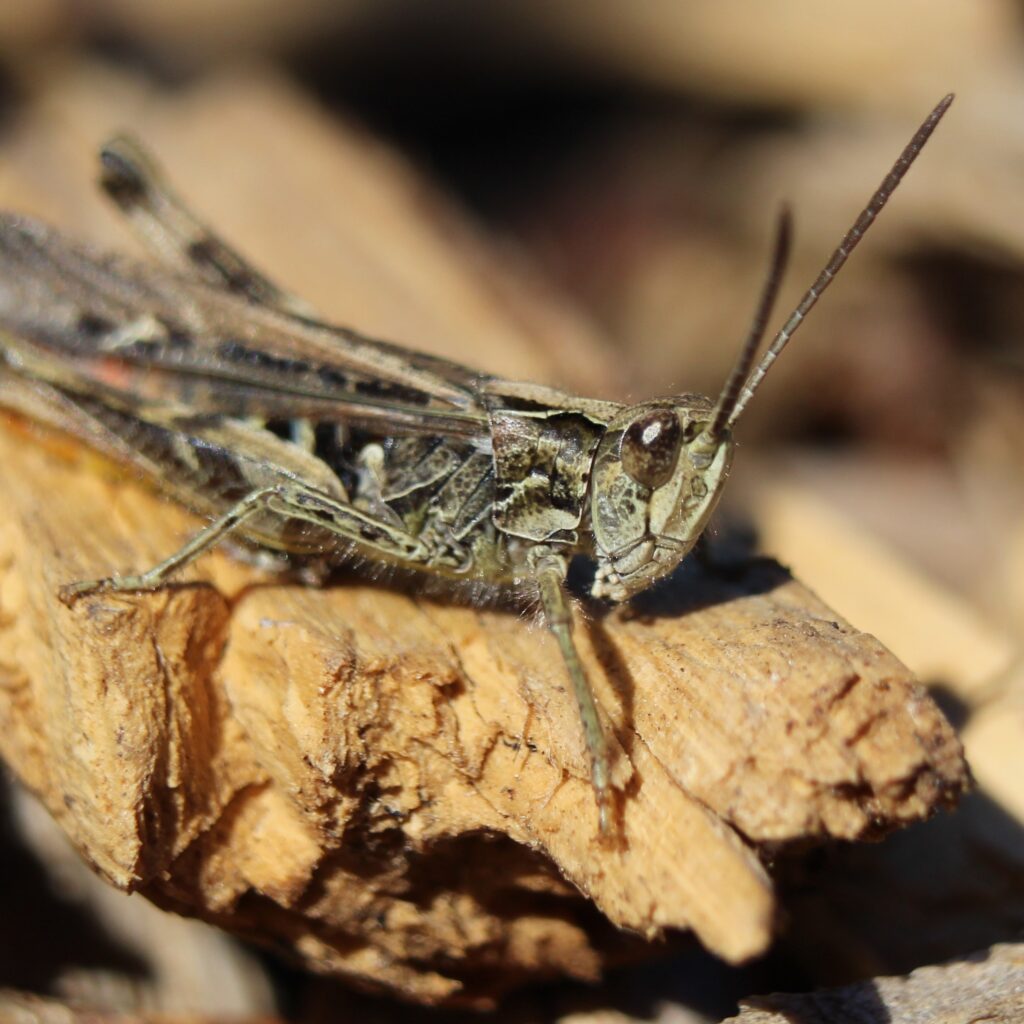
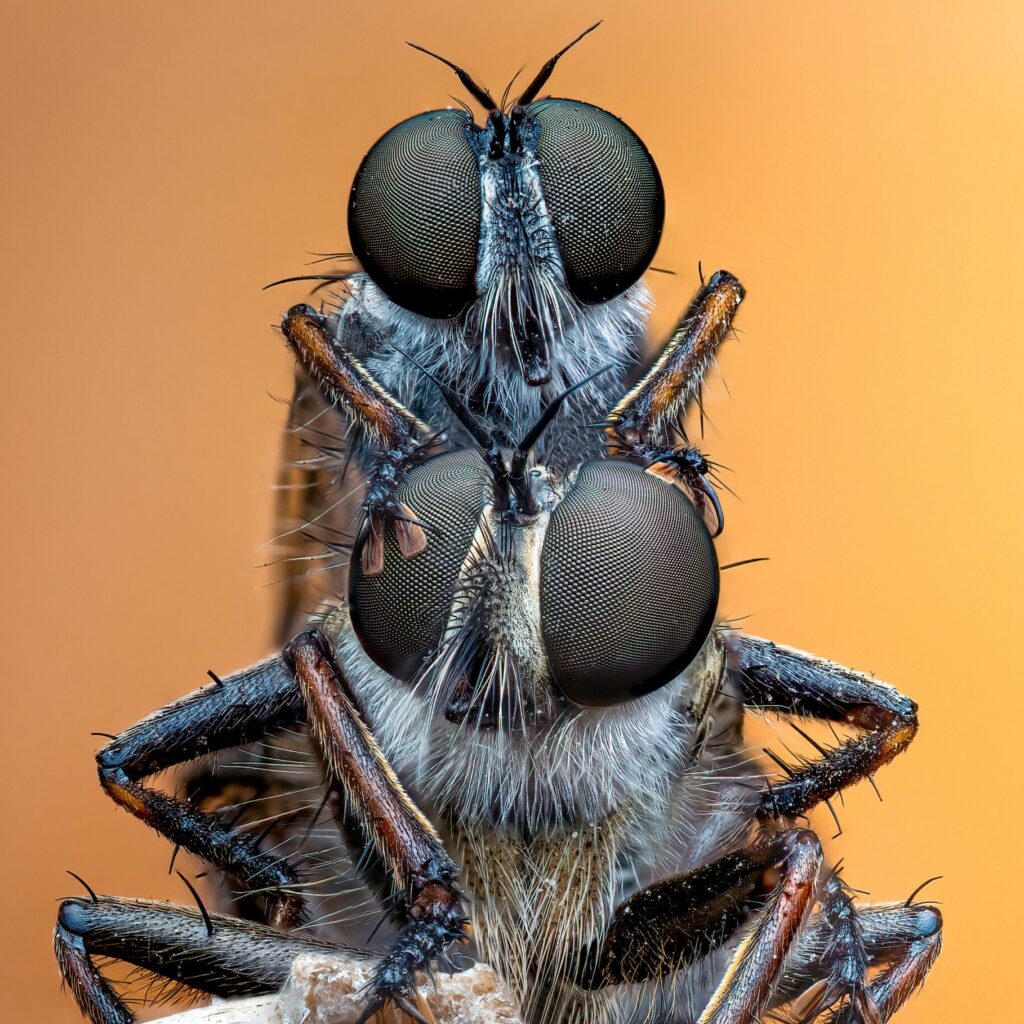
Trees / shrubs:
Lacewings: Brown lacewing (Hemerobius atrifrons)
Beetles: Stag beetle (Lucanus cervus), pine weevil (Pissodes pini)
Hoverflies: Sunfly (Epistrophe eligans), Batman hoverfly (Myathropa florea)
Robber flies: Common robber fly (Dioctria linearis), Kite-tailed robber fly(Machimus atricapillus)
Tree wasps: Dolichovespula sylvestris
Shieldbugs: Birch shieldbug (Elasmostethus interstinctus)
HABITATS
Dead wood / bark / logs:
Saproxylic (deadwood feeding) beetles: Rhinoceros Beetle (Plagionotus arcuatus)
Barkflies: Psocoptera species
Earwigs: Common earwig (Forficula auricularia)
Leaf-cutter bees (Megachile centuncularis)
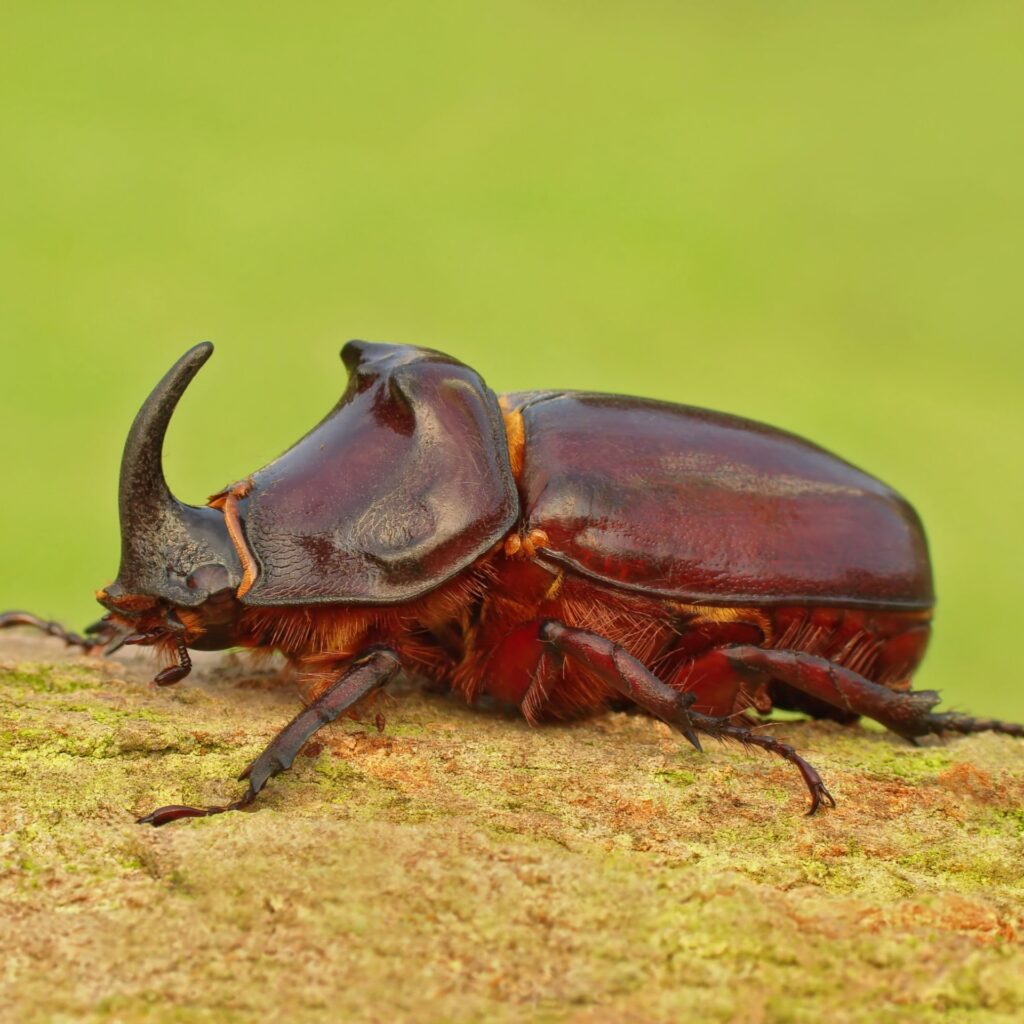
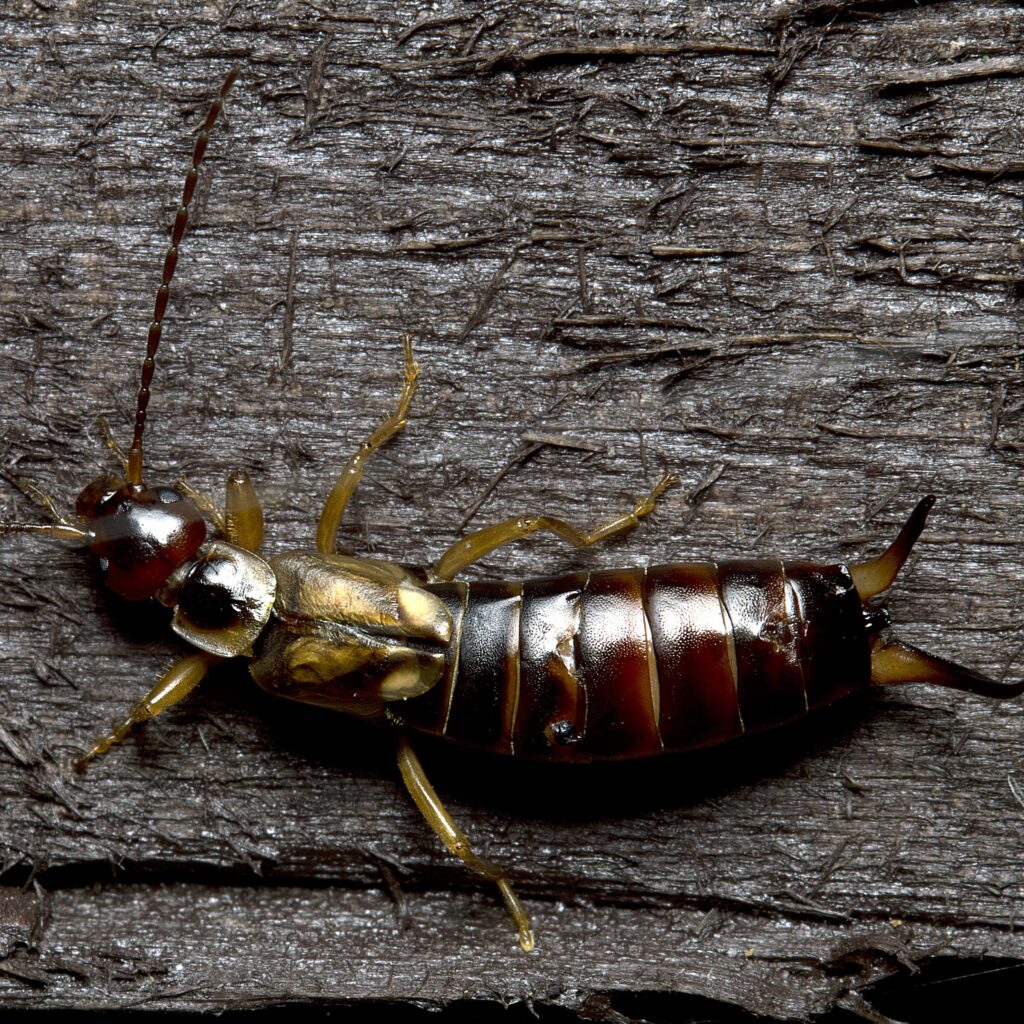
Leaf litter / decaying plant matter:
Beetles: Violet ground beetle (Carabus violaceus), Devil’s coach-horse beetle (Ocypus olens), Common click beetle (Agriotes obscurus)
Earwigs: Common earwig (Forficula auricularia)
Sand / rubble / stones:
Wasps: Red Banded Sand Wasp (Ammophila sabulosa)
Beetles: Common rove beetle (Staphylinus olens), Black clock beetle (Pterostichus madidus)
Bees: Colletes mining bee (Colletes succinctus)



